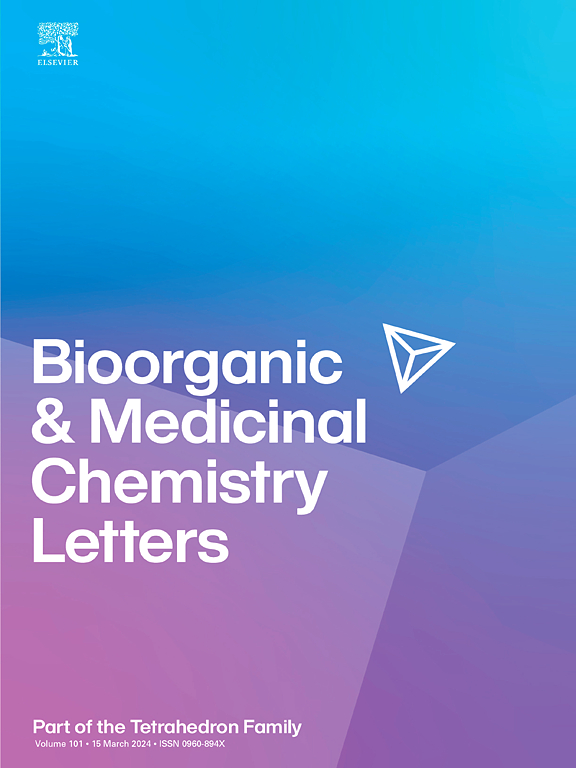Synthesis and biological evaluation of novel 4-Arylaminoquinolines derivatives as EGFR/HDAC inhibitors
IF 2.5
4区 医学
Q3 CHEMISTRY, MEDICINAL
引用次数: 0
Abstract
Lung cancer, particularly non-small cell lung cancer (NSCLC), remains a leading cause of cancer-related mortality worldwide. Resistance to epidermal growth factor receptor tyrosine kinase inhibitors (EGFR-TKIs) and the role of epigenetic modifications, such as histone deacetylation, in cancer progression underscore the need for novel therapeutic strategies. This study reports the design, synthesis, and biological evaluation of novel 4-arylaminoquinoline derivatives as dual inhibitors targeting EGFR and histone deacetylase (HDAC). Leveraging structure-activity relationship insights, a series of compounds were synthesized by integrating pharmacophoric elements of EGFR-TKIs and HDAC inhibitors and their kinase and cellular activities were evaluated. Compound 22c2 exhibited the highest inhibitory activities against EGFR (IC50 = 4.81 nM) and HDAC (IC50 = 119.4 nM and 354.8 nM for HDAC1 and HDAC3, respectively). Moreover, 22c2 demonstrated excellent anti-proliferative effects on four human cancer cell lines. These findings provide a foundation for developing dual EGFR/HDAC inhibitors as potential anticancer therapeutics.

新型4-芳基喹啉类EGFR/HDAC抑制剂的合成及生物学评价
肺癌,特别是非小细胞肺癌(NSCLC),仍然是世界范围内癌症相关死亡的主要原因。对表皮生长因子受体酪氨酸激酶抑制剂(EGFR-TKIs)的耐药性和表观遗传修饰(如组蛋白去乙酰化)在癌症进展中的作用强调了对新的治疗策略的需求。本研究报道了新型4-芳基氨基喹啉衍生物作为EGFR和组蛋白去乙酰化酶(HDAC)双重抑制剂的设计、合成和生物学评价。利用构效关系的见解,通过整合EGFR-TKIs和HDAC抑制剂的药效因子合成了一系列化合物,并对其激酶和细胞活性进行了评估。化合物22c2对EGFR (IC50 = 4.81 nM)和HDAC (IC50分别为119.4 nM和354.8 nM)的抑制活性最高。此外,22c2对四种人类癌细胞系表现出良好的抗增殖作用。这些发现为开发EGFR/HDAC双重抑制剂作为潜在的抗癌药物提供了基础。
本文章由计算机程序翻译,如有差异,请以英文原文为准。
求助全文
约1分钟内获得全文
求助全文
来源期刊
CiteScore
5.70
自引率
3.70%
发文量
463
审稿时长
27 days
期刊介绍:
Bioorganic & Medicinal Chemistry Letters presents preliminary experimental or theoretical research results of outstanding significance and timeliness on all aspects of science at the interface of chemistry and biology and on major advances in drug design and development. The journal publishes articles in the form of communications reporting experimental or theoretical results of special interest, and strives to provide maximum dissemination to a large, international audience.

 求助内容:
求助内容: 应助结果提醒方式:
应助结果提醒方式:


